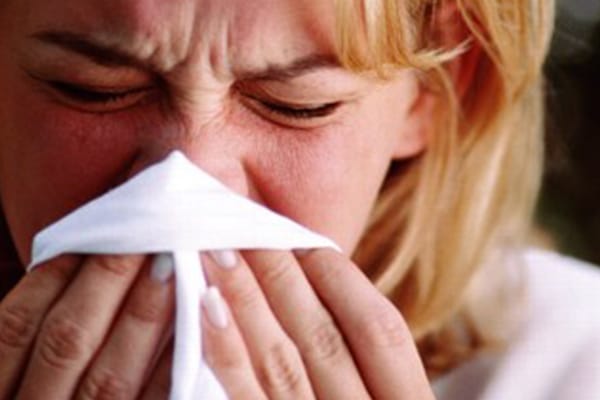How Mold Can Affect Your Allergies This Fall
The fall season brings grief to many allergy sufferers as the pollen levels drop and they encounter symptoms such as congestion and itchy eyes. What if these low pollen levels aren’t to blame but instead a culprit that inhabits areas in your residence that you may never have guessed.
Allergies and Mold

In the Dishwasher – According to a study at the University of Ljubljana in Slovenia mold was found on 62 percent of tested dishwashers, mostly in the rubber seals and 56 percent of the washers had at least one species of black yeast, which is poisonous to humans. Leaving the dishwasher door ajar and wiping it down before closing can ensure that it is completely dried.
Herbal Meds – According to a report in Fungal Biology plants that are used medicinally such as licorice root, up to 90 percent of samples had mold. In addition, 70 percent had “higher than normal” levels of fungi and 31 percent of the mold identified had the potential to be toxic to humans. The Food and Drug Administration (FDA) doesn’t currently regulate the sale of medicinal plants so there aren’t any ways to avoid these moldy meds.
Toothbrush – This is mainly found in electric toothbrushes with the hollow-head versus the solid-head option, the hollow-head option can retain up to 3,000 times the bacteria and mold growth. The difference in head option isn’t listed on most packages but can be determined but examining the head itself. Another tip is to avoid using toothbrush covers that are airtight as they cause the bristles to stay damp for longer and facilitate mold growth.
Get your mold test done by the professionals at MDmoldtesting where we provide thorough mold and home inspection services in Washington D.C., Maryland, Delaware, and Virginia.





